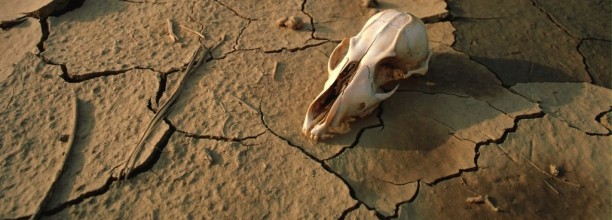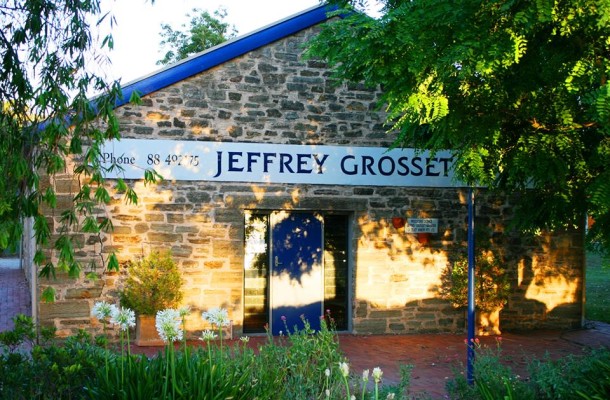
The textbooks say that about 3 grams per litre of sugar in solution is barely perceptible on the human palate, we taste it as little more than a touch of fruitiness, any less and we do not taste it at all. Wines with less than around 5 grams of residual sugar per litre of wine are considered dry, less than 3 grams and they can be termed as bone- dry.
Amongst some occasional wine drinkers, Riesling has a reputation for being that slightly sweet -to sometimes sickly sweet- white wine made by the Germans, and Germany produces more of the stuff than any other country.
Today, outside of Germany and of course Alsace on the French side of the border, there is another patch of land that has been termed by at least one wine scribe as the second most important place on the planet for producing Riesling wine. In this region you will find white, Riesling wines that are aromatic, bright, fresh, crisp and flinty dry. They can be incredibly complex, refreshing and enjoyable and with a remarkable ability to age for many decades.
Back in the eighteen hundreds, German Lutherans and Jesuits from Silesia were fleeing persecution in their home country and some of them managed to make their way to farming land north of Adelaide in South Australia. They brought with them vineyard and winemaking experience, as well as Riesling cuttings from the vineyards they had been forced to leave back home.
The picturesque, rolling troughs and gentle hills of the Clare Valley in South Australia produce Riesling that is bone dry, no other comes close to producing its unique take on the Riesling grape.
There are other famous regions around the globe and even within Australia, indeed just down the road in the Eden Valley they produce another impressive range of Riesling wines but, no other wine region produces Riesling with the unique and incredible character of the bone dry Rieslings of the Clare Valley; its Nepenthe’s are now famous all over the world, even and perhaps especially, amongst other Riesling producers.
Cool Air from the ocean rises up from the Gulf of Saint Vincent and cools the vineyards in the Clare, creating perfect long, slow ripening conditions for the grape, the results are wines with complex, citrus characters, wonderful intensity and length and with firm, bracing acidity and talc like minerals dancing along the back of the palate.
These wines are just perfect for the hot, dusty heat of Phnom Penh and to pair with Khmer cuisine and its own take on regional herbs spices and condiments.
Two of the Clare region’s very best producers have their wines available here in Phnom Penh and I recommend you hunt down a bottle of both Grosset Riesling and Jim Barry Riesling; you may pay a hefty price by usual Riesling standards for Clare Riesling but, this is some of the most unique and finest Riesling made anywhere in the world and well worth the coin so, fork out, drink up and enjoy.

